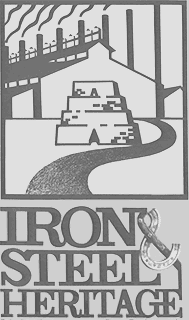














Land in the current hamlet of Ercildoun was first settled by Quaker farmers in the final years of the eighteenth century. In 1801 the current Fallowfield Friends Meeting House was built.

Originally part of Hopewell Furnace and other area iron plantations, today French Creek State Park is an oasis for people and wildlife.








Hopewell Furnace showcases an early American industrial landscape from natural resource extraction to enlightened conservation.





In 1891 Col. Joseph D. Potts, the owner of Isabella Furnace, began building the chateau-like mansion, "Langoma" which he intended as a residence for himself and his son William. However, Col. Potts died in December 1893 and did not live to see it completed. William, his wife, and mother did move into "Langoma".

A fully restored, working lock on the Schuylkill Canal, originally built as part of the Schuylkill Navigation system, is demonstrated for groups and during special events.






The hamlet of Mortonville was founded between 1767 and 1772 by Thomas Hayes, who erected a grist mill and sawmill where the Strasburg Road crossed the Brandywine Creek, on the east bank.












This historic industrial town is situated on the Schuylkill River, directly across from the town of Royersford. With the opening of the Schuylkill Navigation Canal in 1824 the town grew dramatically in size and population.

With the growth of transportation and commerce along the Schuylkill River, new industries grew in the riverside towns. The Spring-Ford Area Historical Society examines the history of two of those communities: Spring City and Royersford.

Within Springton’s historic landscape of fenced fields, stone walls and misty morning vistas is a preserved patchwork of colonial plantation, Industrial Revolution era scientific farm, Victorian tenant farm, and gentleman’s country estate.















